
Jean Baudrillard on Hyperreal & Imaginary Jean baudrillard, New media, Artist project
Jean Baudrillard. Baudrillard 's concept of hyperreality is closely linked to his idea of Simulacrum , which he defines as something which replaces reality with its representations. Baudrillard observes that the contemporary world is a simulacrum, where reality has been replaced by false images, to such an extent that one cannot distinguish.

Jean Baudrillard Simulacra and Simulation P. 03
The aim of this paper is to present and explore one of the most fundamental concepts of postmodernity, that is, Jean Baudrillard's elaboration of the ideas of hyperreality and simulacrum that characterise today's global consumer culture in which the image of the product is more significant that the product itself.

Simulacra and Simulation by Jean Baudrillard
1. Simulacra and Science Fiction. There are three orders of simulacra: (1) natural, naturalistic simulacra: based on image, imitation, and counterfeiting. They are harmonious, optimistic, and aim at the reconstitution, or the ideal institution, of a nature in God's image. (2) productive, productionist simulacra: based on energy and force.

JEAN BAUDRILLARD SIMULACRA AND SIMULATION POSTMODERNISM IN HINDI YouTube
Jean Baudrillard (/ˌboʊdriːˈɑːr/; French: [ʒɑ̃ bodʁijaʁ]; 27 July 1929 - 6 March 2007) was a French sociologist, philosopher, cultural theorist, political commentator, and photographer. His work is frequently associated with postmodernism and specifically post-structuralism. Bio from Wikipedia, the free encyclopedia.

Simulacra and Simulation Simulacra and simulation, Book worth reading, Jean baudrillard
No matter what you love, you'll find it here. Search Jean Baudrillard and more. But did you check eBay? Check Out Jean Baudrillard on eBay.

Postmodernism explained for beginners! Jean Baudrillard Simulacra and Hyperreality explained
Mediated Realities: Baudrillard and Flusser on the Contemporary Image. Jean Baudrillard and Vilém Flusser, two towering figures in media theory, both grapple with the evolving nature of the image in contemporary society, albeit through different lenses.Baudrillard's notion of the image is rooted in the idea of simulacra and hyperreality, suggesting that in our postmodern age, images have.

Simulation & Hyperreality Jean Baudrillard The Precession of Simulacra, 1980. [PPT Powerpoint]
To clarify his point, he argues that there are three "orders of simulacra": 1) in the first order of simulacra, which he associates with the pre-modern period, the image is a clear counterfeit of the real; the image is recognized as just an illusion, a place marker for the real; 2) in the second order of simulacra, which Baudrillard associates w.
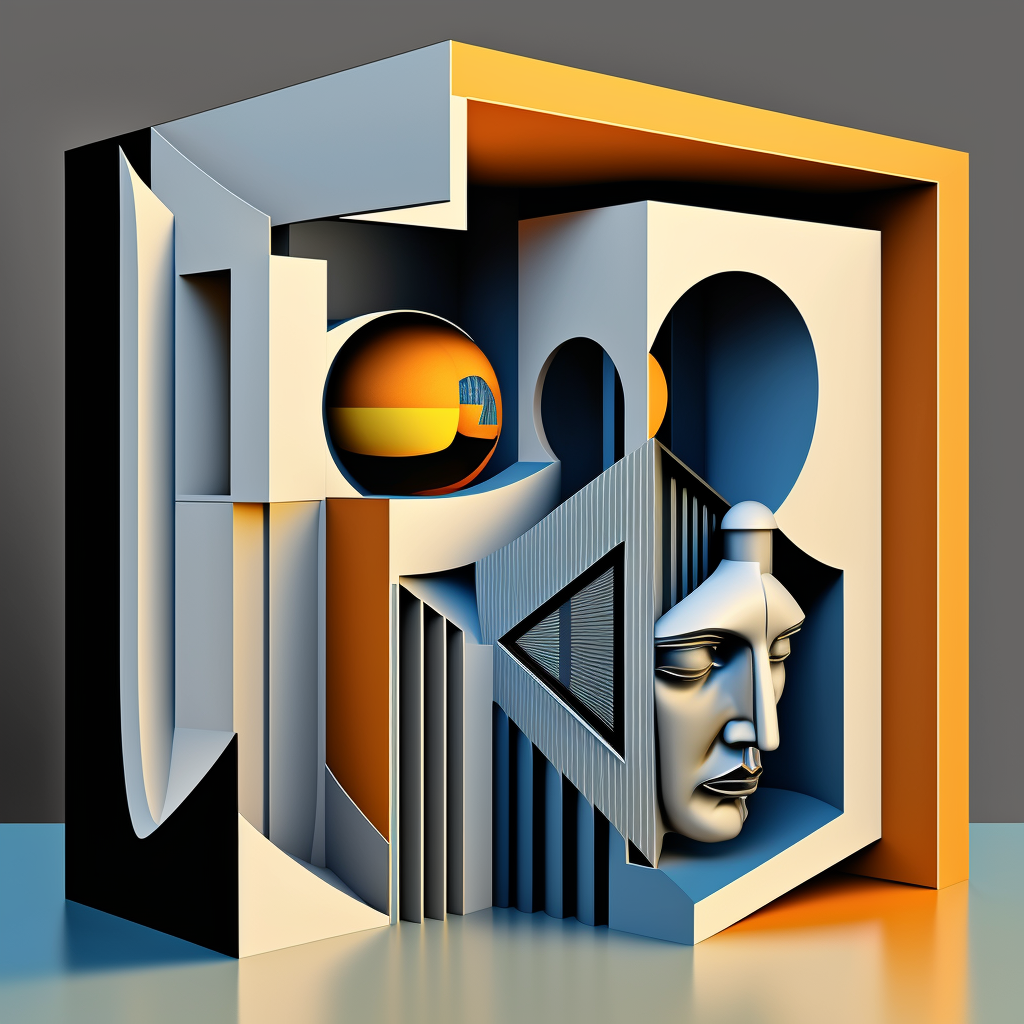
Simulacra and Simulation by Jean Baudrillard explained for Artists — The Last Pigment
Jean Baudrillard's philosophy centers on the twin concepts of 'hyperreality' and 'simulation'. These terms refer to the virtual or unreal nature of contemporary culture in an age of mass communication and mass consumption.
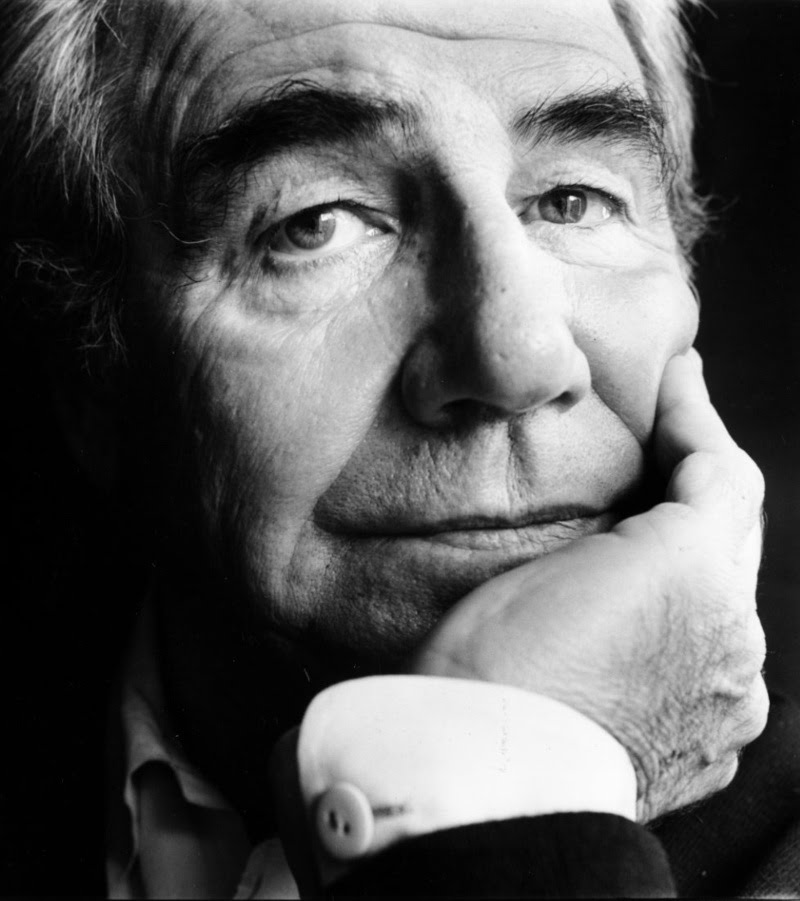
Simulacra and Simulation (1981) Jean Baudrillard Baudrillard's Sandmen
Jean Baudrillard (1929-2007) is one of the most influential philosophers of the 20th century. Although he is most commonly associated with postmodernism, the roots of his philosophy are Marxist.
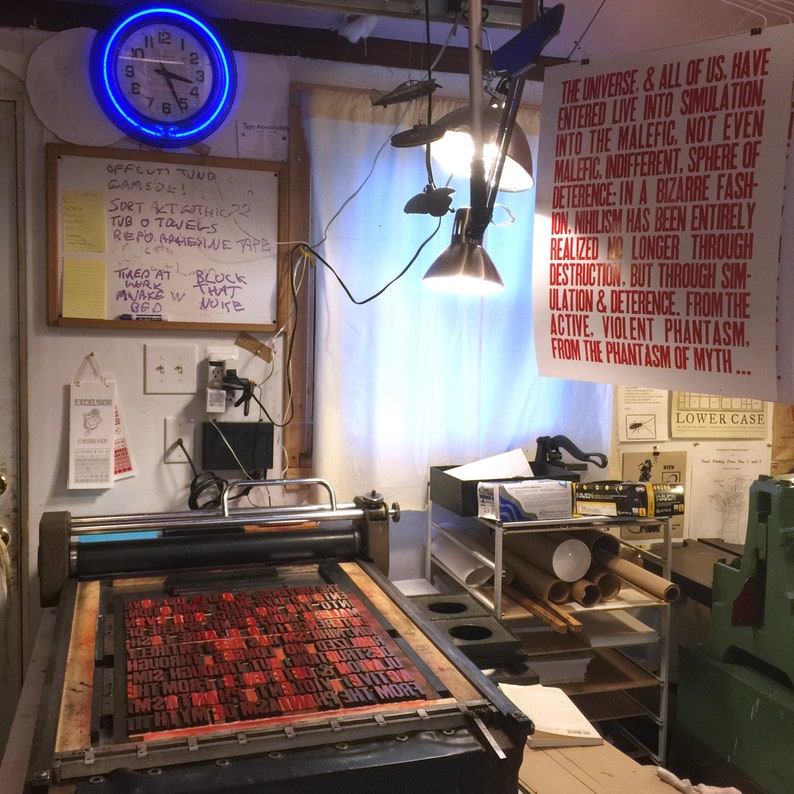
Jean Baudrillard Simulacra and Simulation Poster Etsy
Jean Baudrillard Simulations FOREIGN AGENTS SERIES Jim Fleming and Sylvere Lotringer, Series Editors IN THE SHADOW OF THE SILENT MAJORITIES Jean Baudrillard ON THE LINE Gilles Deleuze and Felix Guattari DRIFTWORKS Jean-Francois Lyotard POPULAR DEFENSE AND ECOLOGICAL STRUGGLES Paul Virilio SIMULATIONS Jean Baudrillard THE SOCIAL FACTORY Toni.

Jean Baudrillard, "Simulation and Simulacra" YouTube
Jean Baudrillard Simulacra and Simulations from Jean Baudrillard, Selected Writings, ed. Mark Poster (Stanford; Stanford University Press, 1988), pp.166-184. The simulacrum is never that which conceals the truth--it is the truth which conceals that there is none. The simulacrum is true. Ecclesiastes

Simulacra and Simulations Jean Baudrillard
Jean Baudrillard's philosophy centers on the twin concepts of 'hyperreality' and 'simulation'. These terms refer to the virtual or unreal nature of contemporary culture in an age of mass communication and mass consumption. We live in a world dominated by simulated experiences and feelings, Jean Baudrillard believes, and have lost the capacity.
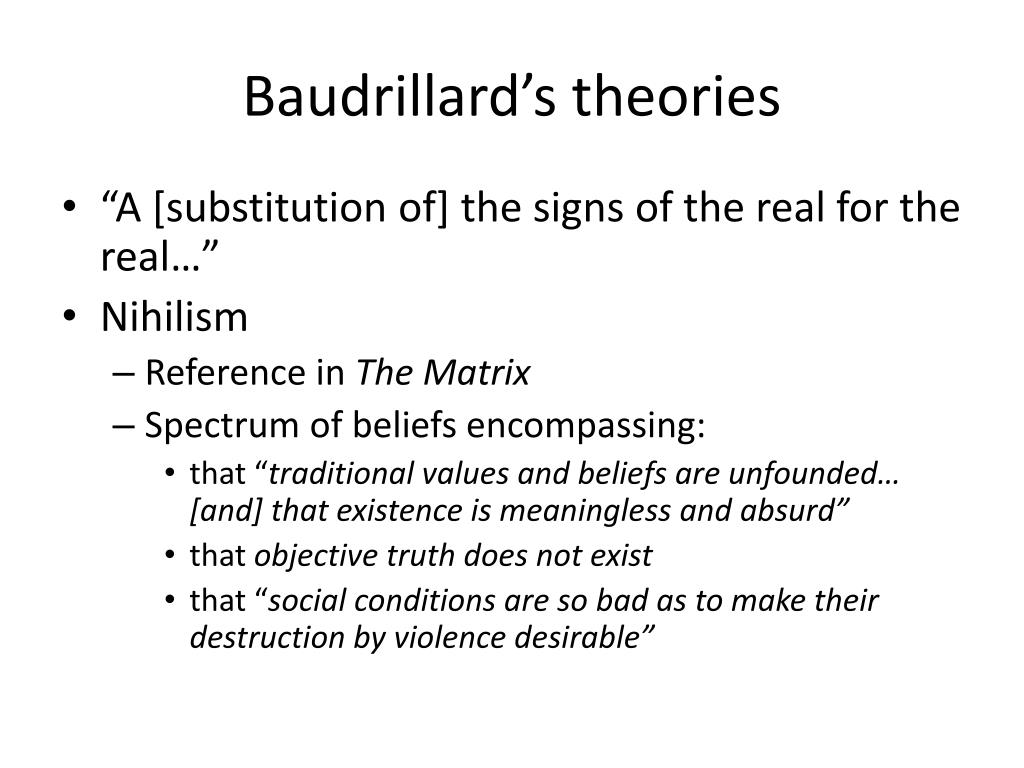
PPT Challenging Simulacra and Simulation Baudrillard in The Matrix PowerPoint Presentation
Jean Baudrillard, Simulacra and Simulations J. Baudrillard Published 2002 Art, Philosophy ion today is no longer that of the map, the double, the mirror or the concept. Simulation is no longer that of a territory, a referential being or a substance. It is the generation by models of a real without origin or reality: a hyperreal.

Baudrillard Postmodernism Simulacra and Simulation YouTube
Baudrillard defined four phases in a sign's transition to simulacrum. The first phase consists of "signs that dissimulate something". In other words, the connotations are linked to the real world. By contrast, the simulacra are "signs that dissimulate there is nothing". These empty signs do not reference reality - they are.

Simulacra and Simulation by Jean Baudrillard — Reviews, Discussion, Lists
Simulacra and Simulation Jean Baudrillard University of Michigan Press, 1994 - Reality - 164 pages The publication in France of Simulacra et Simulation in 1981 marked Jean Baudrillard's.
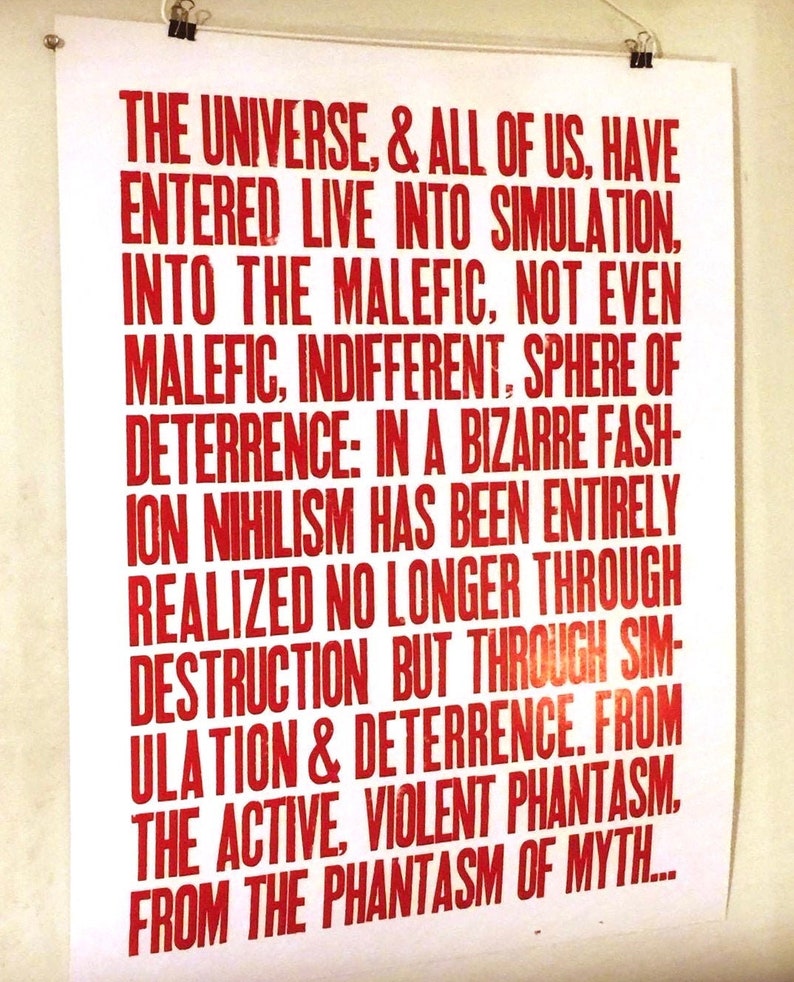
Jean Baudrillard Simulacra and Simulation Poster Etsy
2009 • Johannes Brandl Theories of mind draw on processes that represent mental states and their computational connections; simulation, in addition, draws on processes that replicate (Heal 1986) a sequence of mental states. Moreover, mental simulation can be triggered by input from imagination instead of real perceptions.